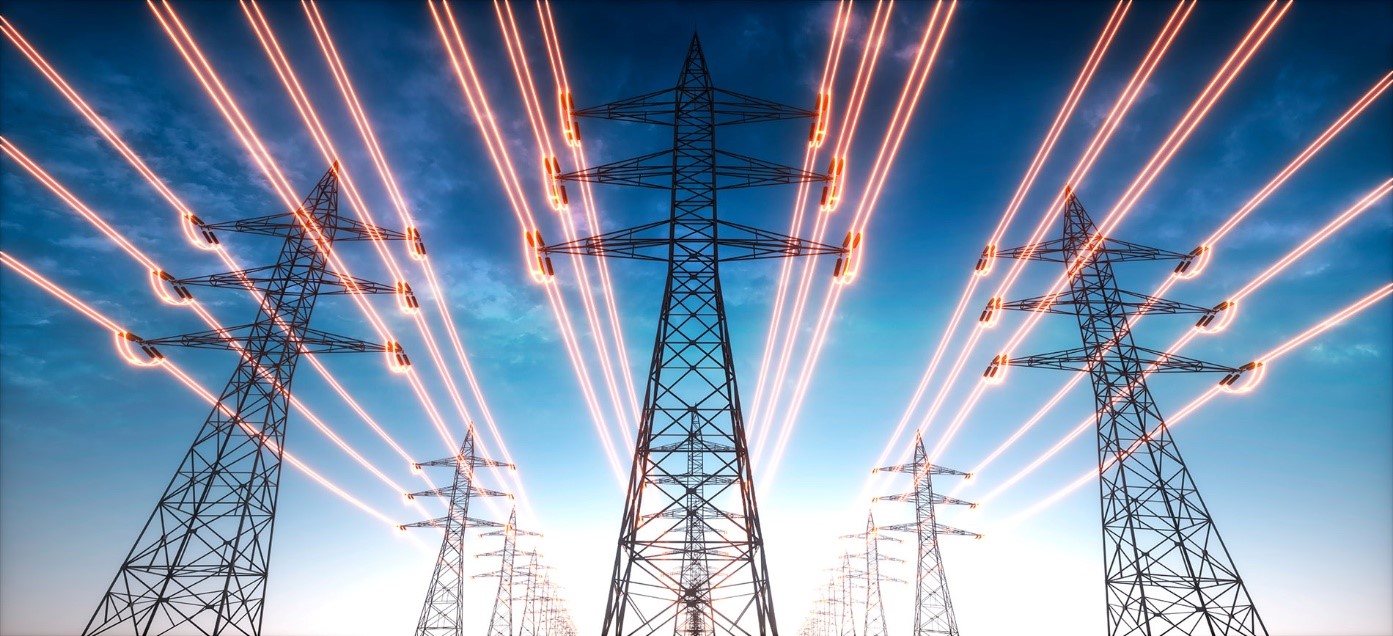Mysterious Sounds in the Stratosphere Have No Recognised Source
Solar-powered balloons in the stratosphere have captured low-frequency sounds of unknown origin. “When we first started flying balloons years ago, we didn't really know what we'd hear," says Daniel Bowman of Sandia National Laboratories in New Mexico. “We learned to recognise sounds from explosions, meteor crashes, planes, thunderstorms, and cities." But almost every time we send balloons up, we discover sounds we can't name. “Bowman and his colleagues used solar-powered balloons hovering 20 kilometres above the ground to measure infrared signals - sounds with frequencies so low that they are inaudible to human ears.[1]
As one of the largest consumers of coal in the Southeast, Georgia burns over 7 million tons each year. This accounts for nearly two-thirds of all carbon emissions from Georgia’s power sector. Replacing coal with another fuel source could reduce those emissions by 43%, according to Farhad Hossain Masum, a Ph.D. graduate and first author of the study. [1]

Figure 1. Mysterious Sounds in the Stratosphere Have No Recognised Source
Figure 1 shows Mysterious sounds in the stratosphere have been observed for several decades, and despite extensive research, their origin remains unknown. These sounds are characterized by a series of high-pitched tones that can last for several minutes and have been detected using various instruments, such as weather balloons, satellites, and ground-based sensors.
There are several hypotheses on the cause of these sounds, but none have been widely accepted. Some researchers believe that they could be caused by natural phenomena, such as the movement of air currents or the interaction of the Earth's magnetic field with the solar wind. Others suggest that they could be associated with human-made activities, such as high-altitude aircraft or communication systems.
Scientists have conducted numerous studies on these sounds, including the collection and analysis of data using advanced technology and mathematical models. Some research has suggested that the sounds may be related to gravity waves, which are generated when the Earth's atmosphere is disturbed by changes in temperature or pressure. Other studies have suggested that the sounds may be related to electromagnetic waves or atmospheric turbulence.
Despite the lack of a recognized source, the study of these sounds continues to be of interest to scientists, as they could provide valuable insights into the behaviour of the Earth's upper atmosphere and the interactions between the planet and its environment. Further research is necessary to better understand these mysterious sounds and their potential implications for atmospheric science and space weather forecasting.
In conclusion, mysterious sounds in the stratosphere have been a subject of research and fascination for several decades. These high-pitched tones, which can last for several minutes, have been detected using various instruments, but despite extensive research, their origin remains unknown.
There are several hypotheses on the cause of these sounds, but none have been widely accepted. Some suggest that they could be caused by natural phenomena, while others propose human-made activities as the potential source. The study of these sounds could provide valuable insights into the behaviour of the Earth's upper atmosphere and the complex interactions between the planet and its environment.As technology and scientific understanding continue to advance, further research could help shed light on the mysterious sounds in the stratosphere and their potential implications for atmospheric science and space weather forecasting.
References:
- https://www.newscientist.com/article/2373236-mysterious-sounds-in-stratosphere-cant-be-traced-to-any-known-source/
Cite this article:
Janani R (2023), Mysterious Sounds in the Stratosphere Have No Recognised Source, AnaTechMaz, pp.298















